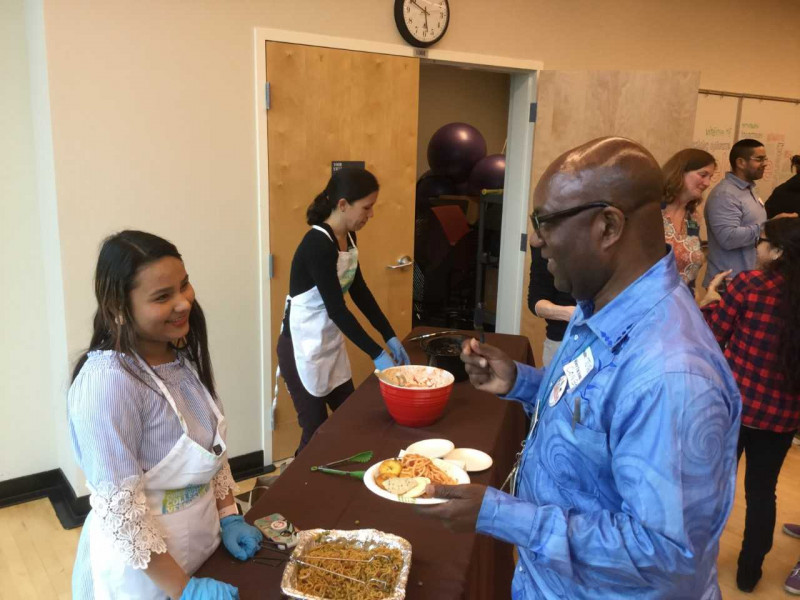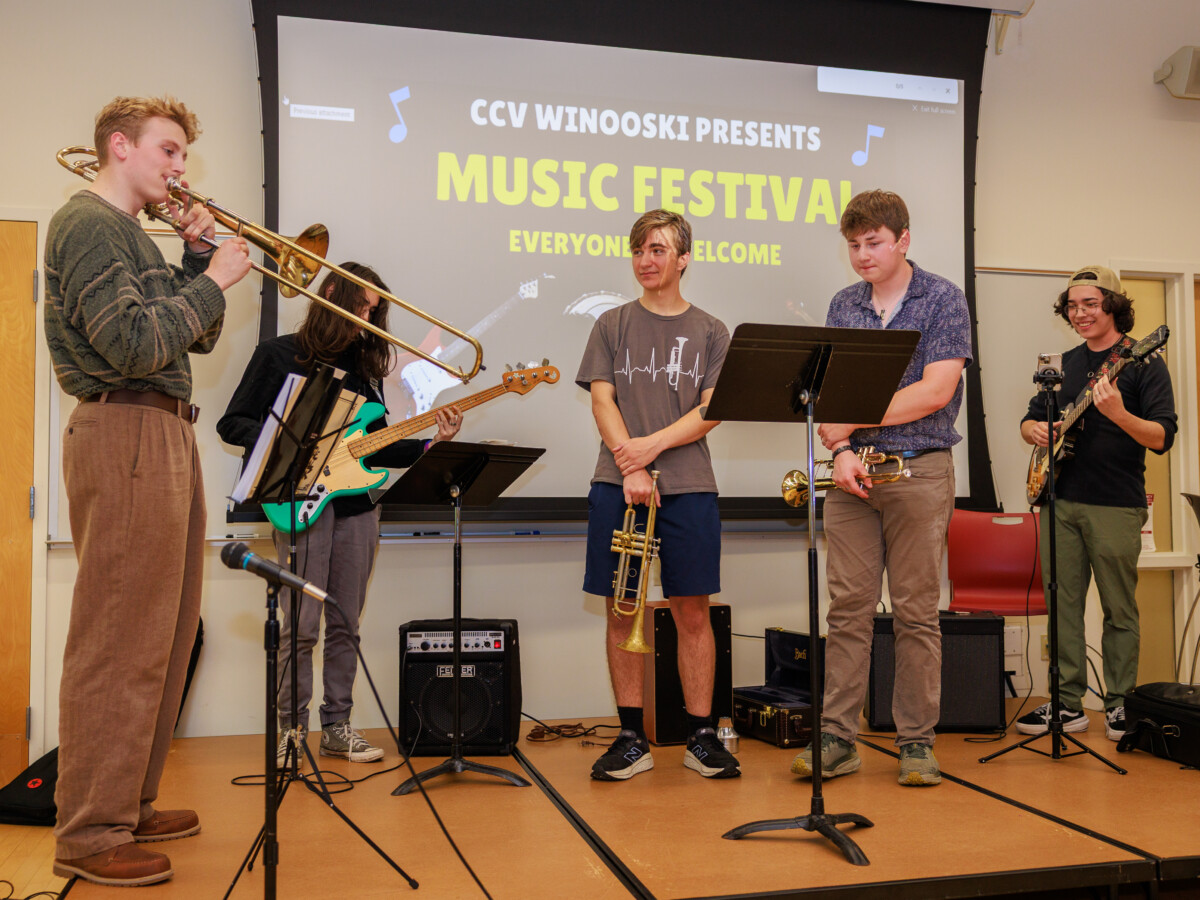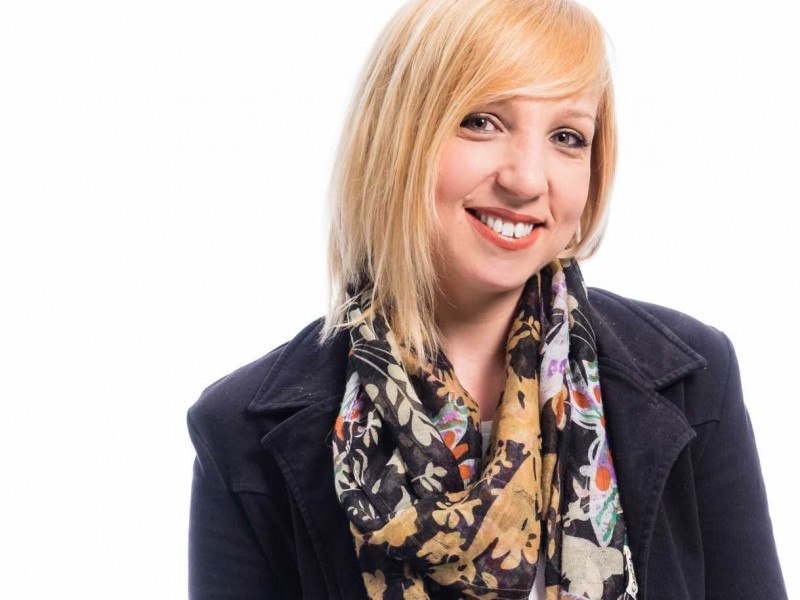
Vermont faces a pressing demographic challenge: an aging workforce and a shrinking pool of young talent. To sustain economic growth, the state is turning to an often-overlooked resource—immigrant and refugee learners. Each year, Vermont welcomes more than 500 refugees and immigrants, bringing rich cultural and linguistic diversity to its communities. Now, CCV is building upon our goal to serve all who can benefit in reaching their education and career goals with a new initiative that gives this population of students the tools to thrive.
The Multilingual Teaching and Learning Initiative at CCV, funded by a donor at the Vermont Community Foundation, is supporting Vermont’s workforce needs by serving an underrepresented population of students and providing them with resources to be successful in their academics and careers. As part of this initiative, the College recently appointed its first Coordinator of Multilingual Teaching and Learning, Dr. Arzu Gul. “I feel like I serve as a bridge between students, faculty, and community partners to make sure that CCV’s classrooms are inclusive spaces where every language background is recognized as a strength,” Dr. Gul said.
This role blends advocacy and collaboration, shaping not only language programs but also a culture of belonging. “Vermont’s communities are changing. We are welcoming more immigrants, refugees and international families than ever before, and at CCV our classrooms mirror that beautiful diversity,” she said. “Our goal here is to make sure that our multilingual learners have equitable access to academic and professional success. They come here with global knowledge and resilience, and I feel like our job here is to be aware of that, to honor that, and then provide pathways to our students that would help them thrive.”
Since stepping into this role, Dr. Gul has spearheaded projects tailored to multilingual learners. One pilot project is English for Healthcare, an in-person course offered at CCV-Winooski designed for multilingual learners who are new to the U.S. and preparing to enter healthcare programs. “The class supports students who may already have healthcare experience in another country but need help navigating the language and cultural aspects of the American healthcare system. It’s also ideal for students who want to strengthen their academic English skills at the very start of their programs,” said instructor Marina Brzostoski. “It helps them develop confidence using professional and medical English, understand cultural considerations in patient care, and practice communication scenarios common in healthcare settings.”
Rofino Joao is an international student from Mozambique who is taking English for Healthcare this semester as a first step in his path to going to medical school and becoming a neurosurgeon. “As a health science major, I have to know how the healthcare system in the States works, and I thought that English for Healthcare could help me understand,” he said. “I’m currently learning about different terminologies related to certain systems…so I think that will actually help me in the future talking to fellow medical doctors or healthcare providers.”
“This course directly supports CCV’s multilingual teaching and learning initiative by integrating language development with professional content,” Brzostoski said. “Offering classes like English for Healthcare ensures that multilingual students have equitable access to education and career pathways by giving students the tools to succeed academically and professionally.”
Dr. Gul has also been working on other projects as part of the Multilingual Teaching and Learning Initiative, such as creating professional development seminars and webinars to support CCV faculty and raise cultural awareness in their non-ESL (English as a Second Language) classes. She is also working on a qualitative research project where CCV faculty and students will be interviewed to learn more about their experiences at CCV. “We believe the findings from this study will shape future policies and professional learning efforts, making sure CCV’s approach is data-durable and student-centered,” said Dr. Gul.
Additionally, tutoring services for multilingual students are being expanded, and new student activities and culture and community events have been designed. “They are extensions of our classrooms where intercultural learning happens naturally, through sharing stories and traditions,” said Dr. Gul. “It’s amazing to see how engaging these activities have been, not only for students, but for staff members and faculty.” These activities include a conversation circle where students can talk about culture, current events across the globe, language, and more. Events that have been held are an International Music Festival, the Holi Festival of Colors, and Tihar/Diwali Festival of Lights.
Adding Dr. Gul’s role as the first Coordinator of Multilingual Teaching and Learning at CCV and kickstarting these various projects are all first steps in the Multilingual Teaching and Learning Initiative. “It is really important for CCV to have this role and learn how to better support our multilingual and multicultural students,” she said. “I see that in the future, CCV could take a role statewide as a model for more inclusive community college education, and one where multilingualism is celebrated as a cornerstone of learning.”



